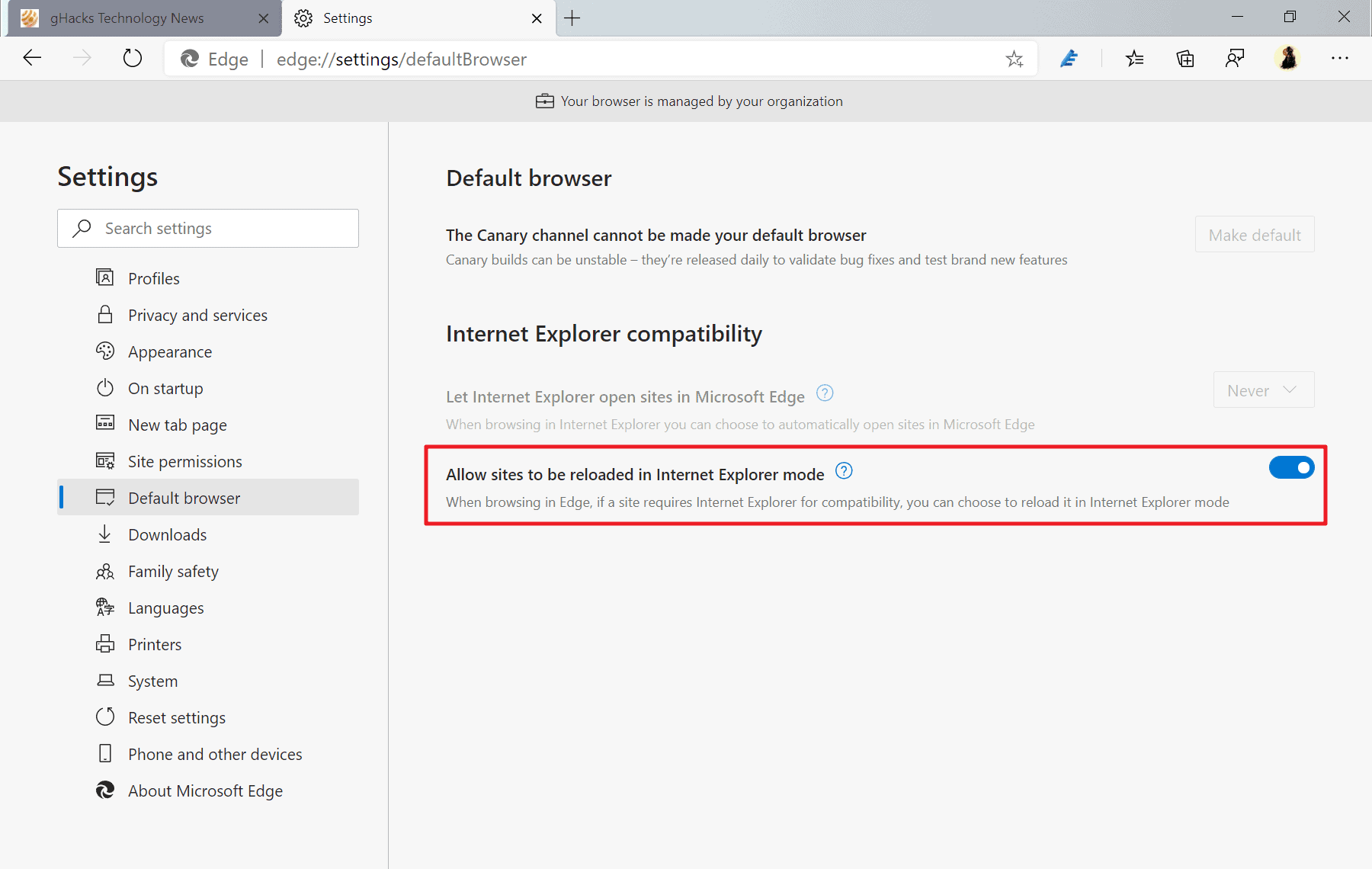

In 2015 Microsoft said it would replace IE with Edge in an effort to support modern browser functions, such as extensions. Today, an estimated 5 percent of users rely on it.Īs a point of reference, the Microsoft Edge web browser comes built into Windows 10. In 2004 IE enjoyed 95 percent market share. Microsoft also announced that in two short weeks, its own services would no longer be supported by 25-year-old browser that once crushed Netscape and other competitors. Those include YouTube, Twitter, Yahoo Mail and 1,153 other leading internet destinations. On Monday, Microsoft hastened its IE-to-Edge browser-transition strategy and announced new controls for users and IT staff when it comes to how the lame-duck browser will handle a growing list of websites incompatible with IE. As the death of the once dominant Internet Explorer (IE) draws closer, Microsoft is quickly pounding more nails into the browser’s coffin.


 0 kommentar(er)
0 kommentar(er)
